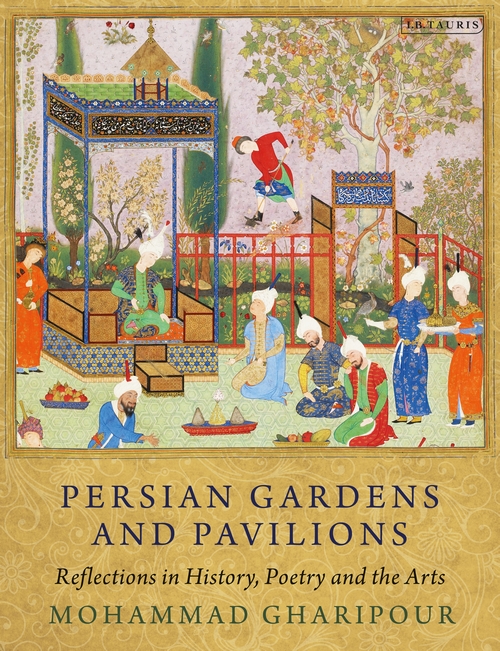Persian Gardens and Pavilions
rom Timur’s tent in Samarqand to Shah ‘Abbas’s palace in Isfahan and Humayun’s tomb in Delhi, the pavilion has been an integral part of Persianate gardens since its earliest appearance at the Achaemenid garden in Pasargadae in the sixth century BC. Here, Mohammad Gharipour places both the garden and the pavilion within their historical, literary and artistic contexts, emphasizing the importance of the pavilion, which has hitherto been overlooked in the study of Iranian historical architecture. Starting with an examination of the depictions and representations of gardens in religious texts, Gharipour analyses how the idea of the garden developed from the model of pre-Islamic gardens in Achaemenid and Sassanian Persia to its mentions in the Zoroastrian text of Aban Yasht and on to its central role as paradise in the Qur’an. Continuing on with an exploration of gardens and pavilions in Persian poetry, Gharipour offers in-depth analysis of their literal and metaphorical values.
Table of Contents
Chapter 1: Introduction
Chapter 2: The Garden and Pavilion in Near Eastern Pre-Islamic Texts, the Qur’an and Persian Poetry
Chapter 3: The Garden and Pavilion in Persian Art
Chapter 4: The Garden and Pavilion through the Lens of Travelers and Historians
Chapter 5: Conclusion


